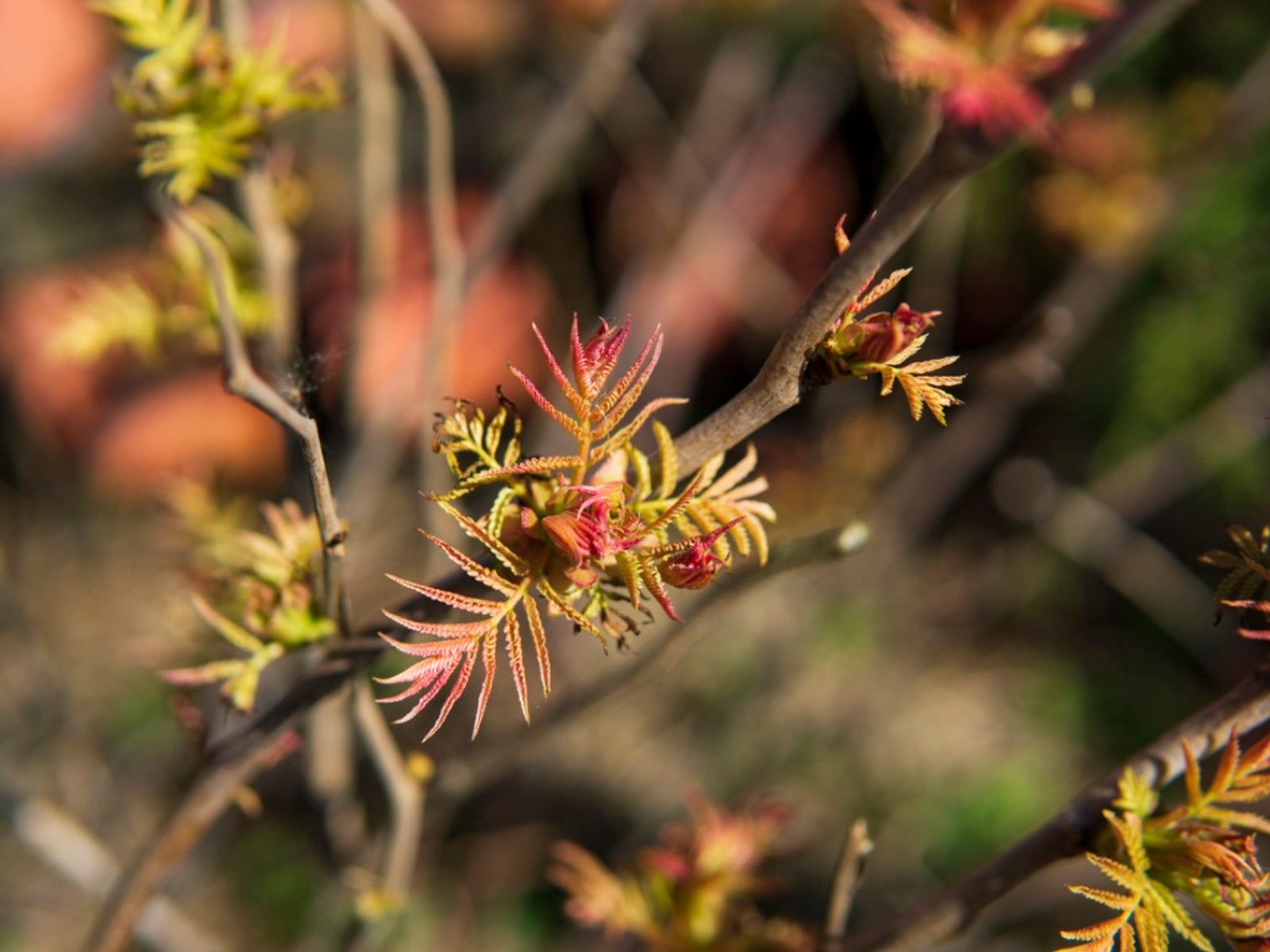Chilean Myrtle Care: Tips On Growing Chilean Myrtle Plants


The Chilean myrtle tree is native to Chile and western Argentina. Ancient groves exist in these areas with trees that are up to 600 years old. These plants have little cold tolerance and should only be grown in United States Department of Agriculture zone 8 and above. Other regions will have to utilize a greenhouse to enjoy the plant. Among the interesting tidbits of Chilean myrtle information is its use as a medicinal and its inclusion as a bonsai species of note.
Chilean Myrtle Information
Chilean myrtle trees go by many other names. Among these are Arrayan, Palo Colorado, Temu, Collimamul (kellumamul-orange wood), Short Leaf Stopper and its scientific designation, Luma apiculata. It is a lovely, evergreen tree with glossy, green leaves and edible fruits. In its wild habitat, the plant is protected in large forests situated along major water bodies. Trees can reach 60 feet (18 m.) or more in the wild, but in the home landscape, the plants tend to be large shrubs to small trees. Chilean myrtle is an evergreen tree with cinnamon-sloughing bark that reveals a creamy orange pith. The shiny leaves are oval to elliptical, waxy, and bear a faint lemon scent. Plants in cultivation reach 10 to 20 feet (3-6 m.) in height. The flowers are an inch (2.5 cm.) across, white, and have prominent anthers, giving the bloom a tasseled appearance. They are attractive to bees, which make tasty honey from the nectar. The berries are deeply purple-black, rounded, and very sweet. Fruits are made into beverages and used in baking. The tree is also popular as a bonsai. Interestingly, the inner bark foams much like soap.
Growing Chilean Myrtle Plants
This is a very adaptive plant that does well in full to partial sun and can even thrive in shade, but flower and fruit production may be compromised. Chilean myrtles prefer soil that is acidic and well-drained. Organic-rich soil develops the healthiest trees. A key to Chilean myrtle care is plenty of water but they cannot support themselves in boggy soil. It makes an excellent stand-alone specimen or produces a lovely hedge. These trees can also withstand a great deal of abuse, which is why they make such excellent bonsai selections. Luma apiculata can be a difficult tree to source but many online vendors have young trees available. California has been commercially growing Chilean myrtle plants successfully since the late 1800s.
Chilean Myrtle Care
Provided the plant is kept moist and in a high-humidity area, care for Chilean myrtle is easy. Young plants benefit from fertilizer in spring during the first few years. In containers, fertilize the plant every month. A thick layer of mulch around the root zone prevents competitive weeds and grass and slowly enhances the soil. Keep the tree well-watered, especially in summer. Prune young trees to promote a healthy canopy and dense growth. If you are growing in an area that will experience frost, container growth is preferred. Bring in plants before freezes are expected. During winter, reduce watering by half and keep the plant in a brightly lit area. Container-grown plants and bonsai should be repotted every few years. Chilean myrtle has no listed pests and few disease issues.
Gardening tips, videos, info and more delivered right to your inbox!
Sign up for the Gardening Know How newsletter today and receive a free copy of our e-book "How to Grow Delicious Tomatoes".

Bonnie Grant is a professional landscaper with a Certification in Urban Gardening. She has been gardening and writing for 15 years. A former professional chef, she has a passion for edible landscaping.
-
 Grow ‘Karl Rosenfield’ Peony Plants For The Ultimate Frilly Border Beauties And Cut Flowers
Grow ‘Karl Rosenfield’ Peony Plants For The Ultimate Frilly Border Beauties And Cut FlowersFor frilly double magenta peony petals infused with a heady fragrance, grow ‘Karl Rosenfield’ peony plants. Here’s how to cultivate the ultimate plushy blooms
By Tonya Barnett
-
 10 Common Composting Problems That Can Spoil Your Garden Gold – Plus Easy Fixes
10 Common Composting Problems That Can Spoil Your Garden Gold – Plus Easy FixesLearn how to troubleshoot common composting issues before they ruin your stash – from bad smells and bugs to materials not breaking down as they should.
By Susan Albert